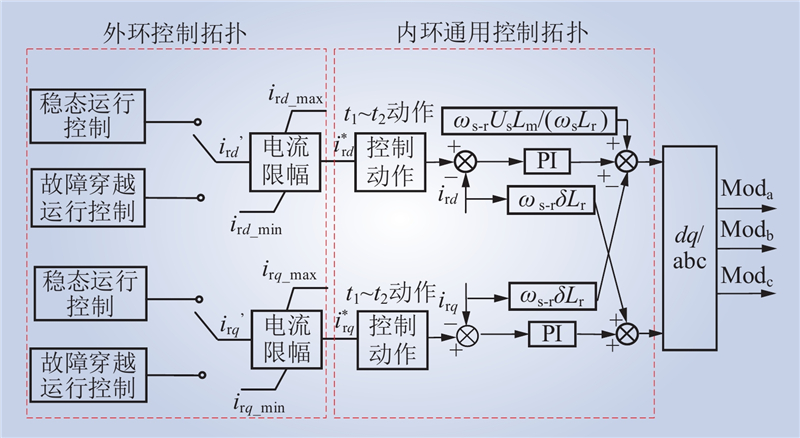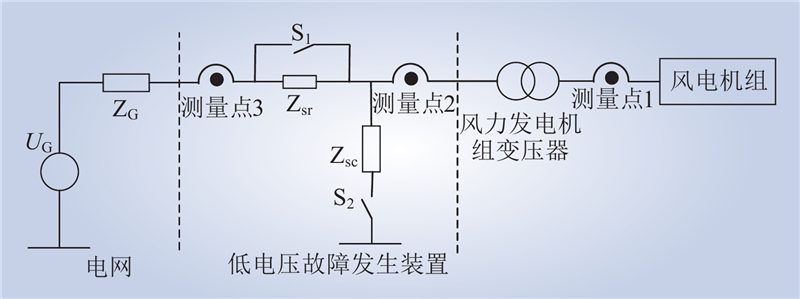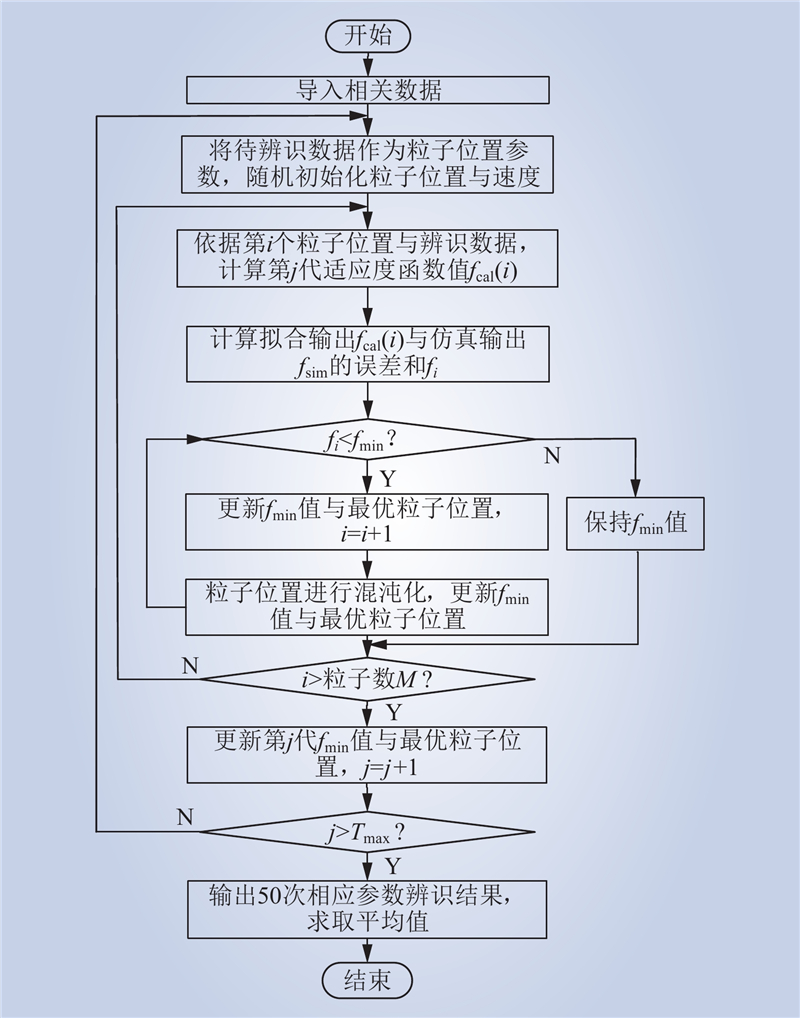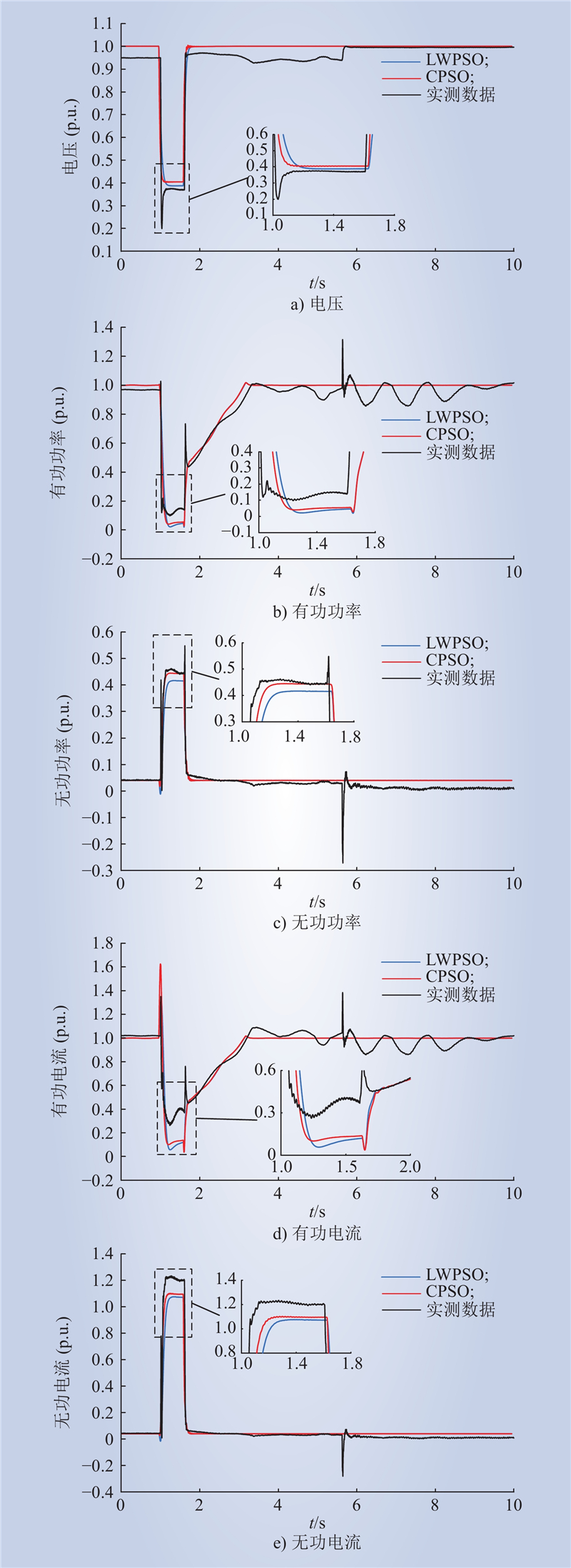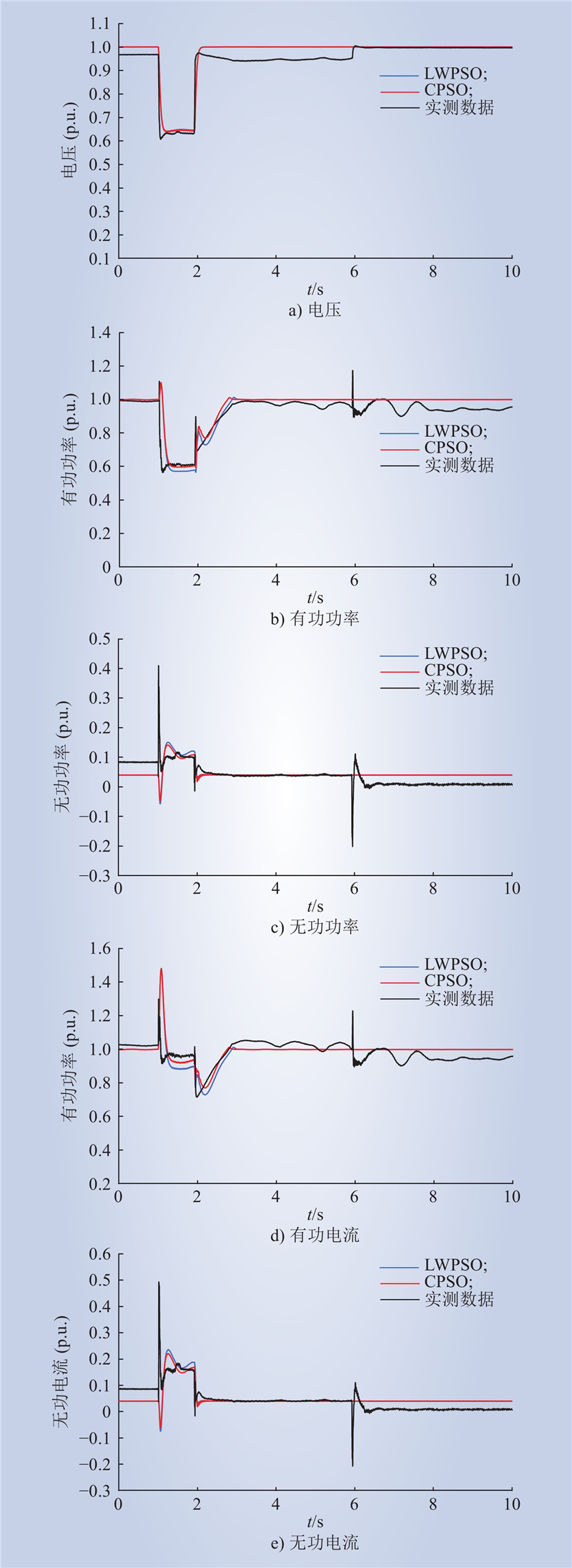| 1 |
舒印彪, 张智刚, 郭剑波, 等. 新能源消纳关键因素分析及解决措施研究[J]. 中国电机工程学报, 2017, 37 (1): 1- 9.
|
|
SHU Yinbiao, ZHANG Zhigang, GUO Jianbo, et al. Study on key factors and solution of renewable energy accommodation[J]. Proceedings of the CSEE, 2017, 37 (1): 1- 9.
|
| 2 |
BLAABJERG F, MA K. Future on power electronics for wind turbine systems[J]. IEEE Journal of Emerging and Selected Topics in Power Electronics, 2013, 1 (3): 139- 152.
|
| 3 |
崔森, 颜湘武, 李锐博. 提高双馈风电机组动态无功协调控制能力的实验研究[J]. 电力系统保护与控制, 2022, 50 (8): 117- 129.
|
|
CUI Sen, YAN Xiangwu, LI Ruibo. Experimental research on improving the dynamic reactive power coordinated control capability of doubly-fed induction wind turbine[J]. Power System Protection and Control, 2022, 50 (8): 117- 129.
|
| 4 |
Wind energy generation systems-Part 27-1: Electrical simulation models-Generic models[S]. IEC 61400-27-1. 2020.
|
| 5 |
DJASI H, YAZID K, MENAA M. Parameters identification of a brushless doubly fed induction machine using[J]. IET Electric Power Applications, 2017, 11 (9): 1585- 1595.
DOI
|
| 6 |
SU J Y, CHEN Y, ZHANG D B, et al. Full-parameter identification model based on back propagation algorithm for brushless doubly fed induction generator[J]. IEEE Transactions on Power Electronics, 2020, 35 (10): 9953- 9958.
DOI
|
| 7 |
吴峰, 汪海洋, 金宇清, 等. 基于正交优选粒子群算法的双馈风电系统控制器参数优化整定[J]. 电力系统自动化, 2014, 38 (15): 19- 24.
DOI
|
|
WU Feng, WANG Haiyang, JIN Yuqing, et al. Parameter tuning of doubly fed induction generator systems for wind turbines based on orthogonal design and particle swarm optimization[J]. Automation of Electric Power Systems, 2014, 38 (15): 19- 24.
DOI
|
| 8 |
王彤, 邢其鹏, 李鸿恩, 等. 计及虚拟惯量控制的DFIG等效惯量在线评估与响应特性分析[J]. 电力系统保护与控制, 2022, 50 (11): 52- 60.
|
|
WANG Tong, XING Qipeng, LI Hongen, et al. Online evaluation and response characteristics analysis of equivalent inertia of a doubly-fed induction generator incorporating virtual inertia control[J]. Power System Protection and Control, 2022, 50 (11): 52- 60.
|
| 9 |
乔腾, 张益铭, 曹一家, 等. 基于概率可靠性评估的永磁直驱风机低电压穿越控制模型参数辨识[J]. 中国电力, 2021, 54 (12): 102- 111.
|
|
QIAO Teng, ZHANG Yiming, CAO Yijia, et al. Parameter identification of low voltage ride-through control model for permanent magnet direct-drive wind turbine based on probabilistic reliability assessment[J]. Electric Power, 2021, 54 (12): 102- 111.
|
| 10 |
JIN Y Q, LU C J, JU P, et al. Probabilistic preassessment method of parameter identification accuracy with an application to identify the drive train parameters of DFIG[J]. IEEE Transactions on Power Systems, 2020, 35 (3): 1769- 1782.
DOI
|
| 11 |
李辉, 吴优, 谢翔杰, 等. 基于改进PSO的双馈风电机组传动链参数辨识[J]. 太阳能学报, 2021, 42 (12): 134- 142.
|
|
LI Hui, WU You, XIE Xiangjie, et al. Parameter identification of transmission chain for doubly-fed wind turbine based on improved particle swarm optimization[J]. Acta Energiae Solaris Sinica, 2021, 42 (12): 134- 142.
|
| 12 |
薛飞, 李宏强, 李旭涛, 等. 基于LSTM神经网络的双馈风机控制参数辨识方法[J]. 中国电力, 2023, 56 (6): 31- 39.
|
|
XUE Fei, LI Hongqiang, LI Xutao, et al. Identification method for control parameters of doubly-fed induction generator based on LSTM neural network[J]. Electric Power, 2023, 56 (6): 31- 39.
|
| 13 |
金宇清, 鞠平, 刘伟航, 等. 基于量测信号扰动的DFIG变流器控制参数辨识方法[J]. 电力系统自动化, 2016, 40 (8): 36- 42.
DOI
|
|
JIN Yuqing, JU Ping, LIU Weihang, et al. Parameter identification method for converter controller of DFIG based on measurement signal disturbance[J]. Automation of Electric Power Systems, 2016, 40 (8): 36- 42.
DOI
|
| 14 |
许饶琪, 彭晓涛, 秦世耀, 等. 基于M序列的双馈风机变流器参数辨识方法研究[J]. 电网技术, 2022, 46 (2): 578- 586.
|
|
XU Raoqi, PENG Xiaotao, QIN Shiyao, et al. Parameter identification of doubly-fed induction generator converter based on M-sequence[J]. Power System Technology, 2022, 46 (2): 578- 586.
|
| 15 |
秦继朔, 贾科, 孔繁哲, 等. 基于寻优算法的永磁风机并网逆变器故障穿越控制参数分步辨识[J]. 中国电机工程学报, 2021, 41 (S1): 59- 69.
|
|
QIN Jishuo, JIA Ke, KONG Fanzhe, et al. Stepwise parameter identification of fault ride-through control parameters of PMSG grid-connected inverter based on optimization algorithm[J]. Proceedings of the CSEE, 2021, 41 (S1): 59- 69.
|
| 16 |
韩平平, 范桂军, 孙维真, 等. 基于数据测试和粒子群优化算法的光伏逆变器LVRT特性辨识[J]. 电力自动化设备, 2020, 40 (2): 49- 54.
|
|
HAN Pingping, FAN Guijun, SUN Weizhen, et al. Identification of LVRT characteristics of photovoltaic inverters based on data testing and PSO algorithm[J]. Electric Power Automation Equipment, 2020, 40 (2): 49- 54.
|
| 17 |
曹斌, 刘文焯, 原帅, 等. 基于低电压穿越试验的光伏发电系统建模研究[J]. 电力系统保护与控制, 2020, 48 (18): 146- 155.
|
|
CAO Bin, LIU Wenzhuo, YUAN Shuai, et al. Modeling of photovoltaic power system based on low voltage ride-through test[J]. Power System Protection and Control, 2020, 48 (18): 146- 155.
|
| 18 |
LIU Z H, WEI H L, LI X H, et al. Global identification of electrical and mechanical parameters in PMSM drive based on dynamic self-learning PSO[J]. IEEE Transactions on Power Electronics, 2018, 33 (12): 10858- 10871.
DOI
|
| 19 |
刘道华, 原思聪, 兰洋, 等. 混沌映射的粒子群优化方法[J]. 西安电子科技大学学报, 2010, 37 (4): 764- 769.
|
|
LIU Daohua, YUAN Sicong, LAN Yang, et al. Method of particle swarm optimization based on the chaos map[J]. Journal of Xidian University, 2010, 37 (4): 764- 769.
|
| 20 |
国家市场监督管理总局, 国家标准化管理委员会. 风力发电机组 故障电压穿越能力测试规程: GB/T 36995—2018[S]. 北京: 中国标准出版社, 2019.
|
| 21 |
国家市场监督管理总局, 国家标准化管理委员会. 风电场接入电力系统技术规定 第1部分: 陆上风电: GB/T 19963.1—2021[S]. 北京: 中国标准出版社, 2021.
|
| 22 |
国家能源局. 风电机组电气仿真模型验证规程: NB/T 31053—2021[S]. 北京: 中国电力出版社, 2021.
|


